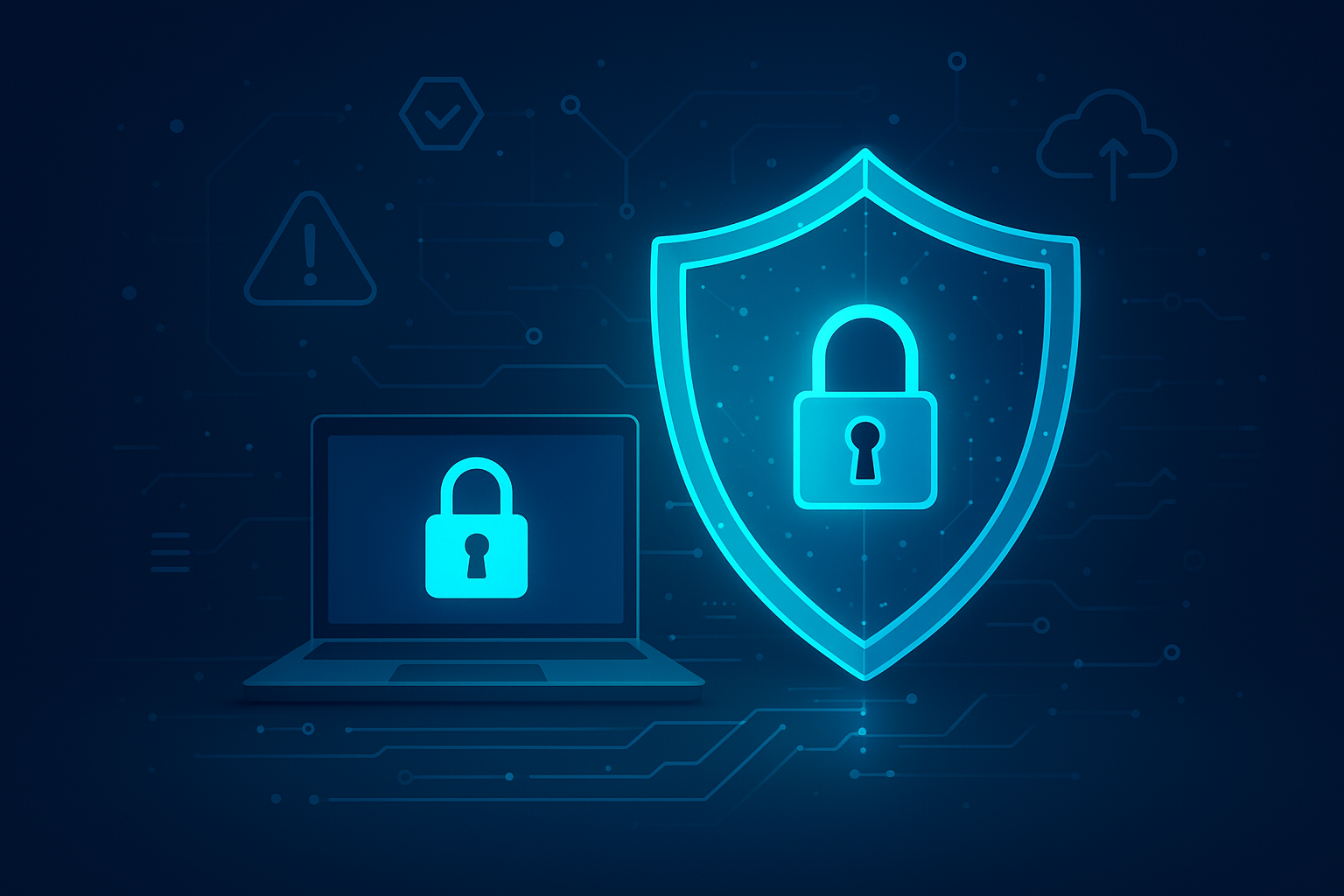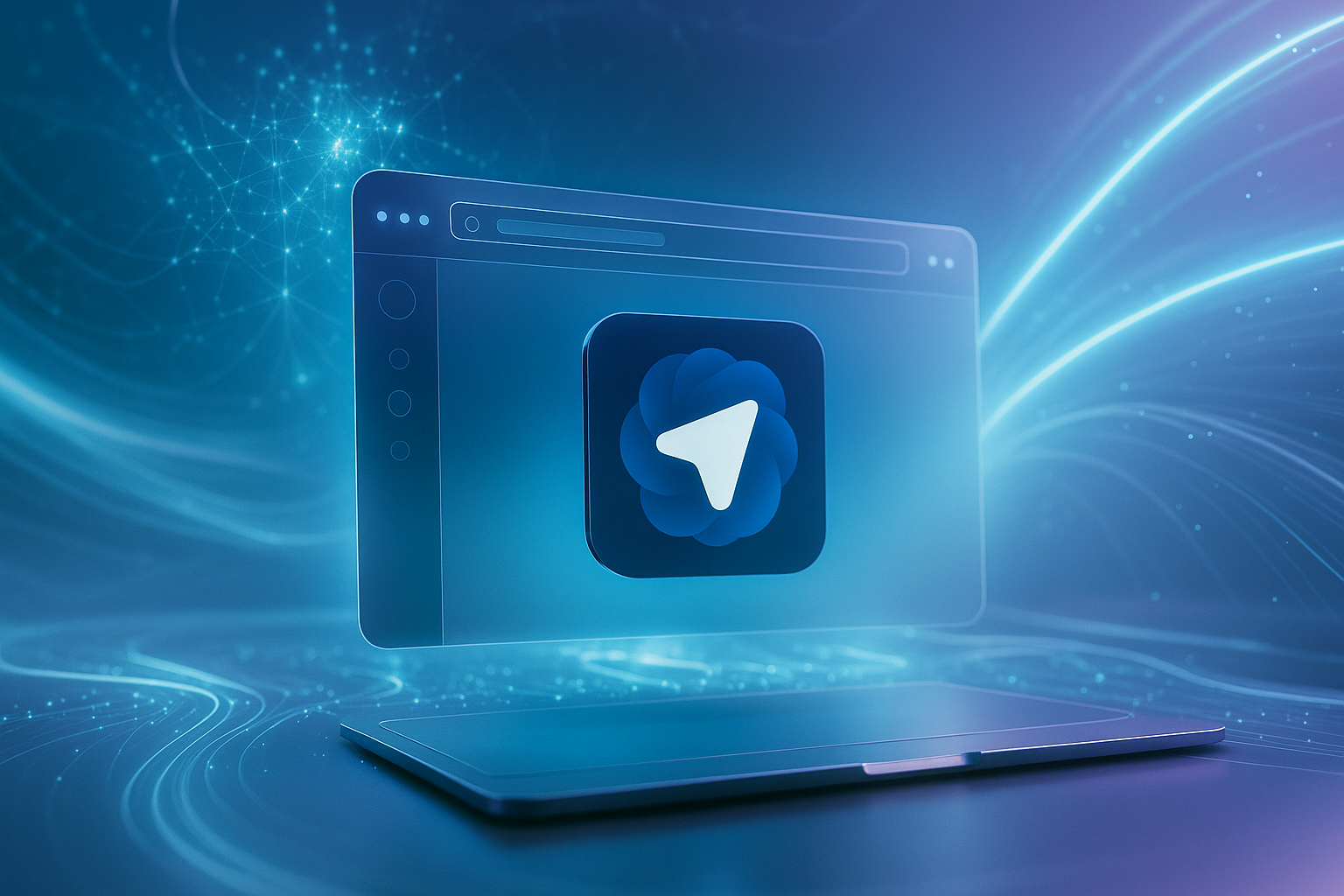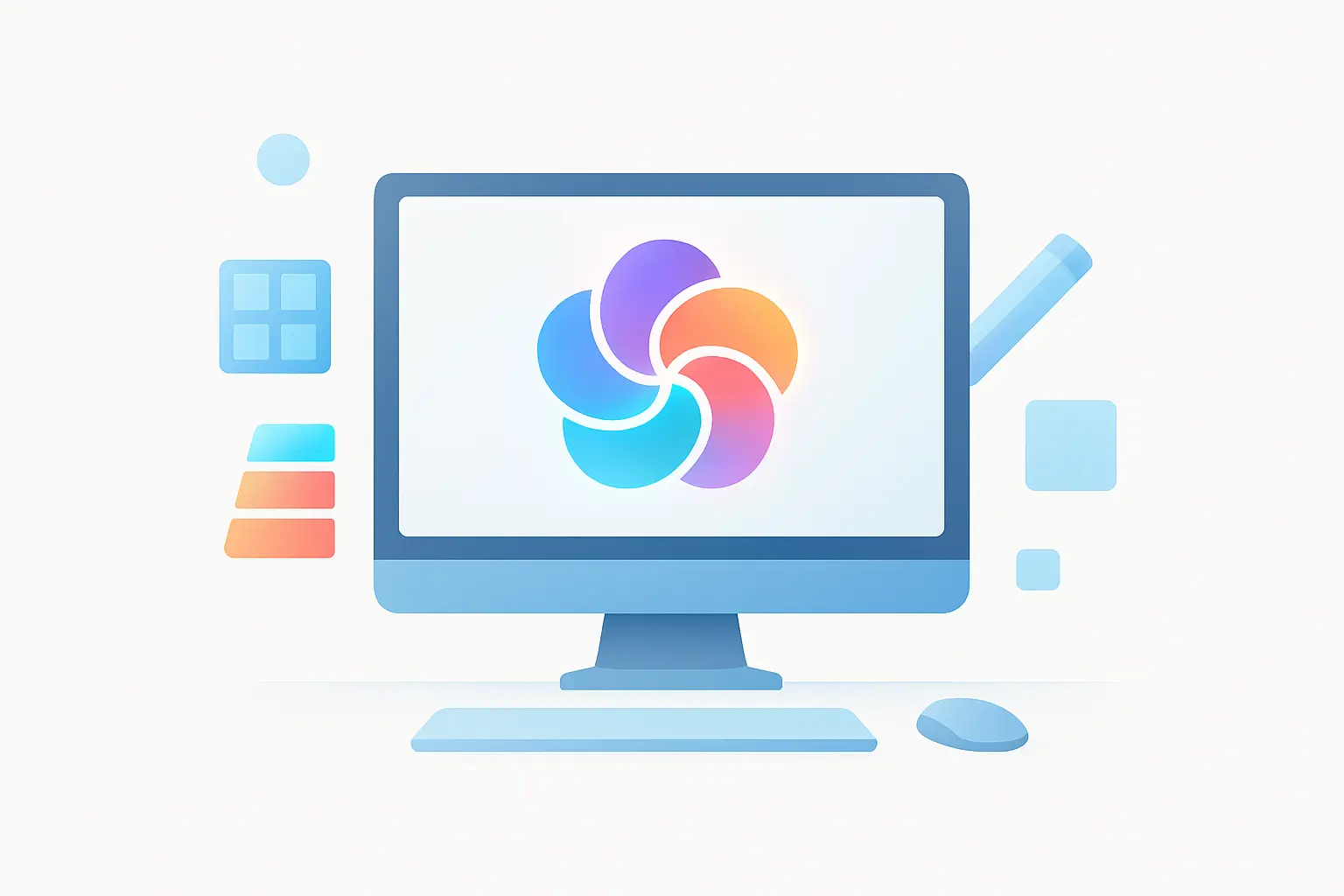As digital transformation accelerates, so do the risks that come with it. Cybersecurity is no longer an optional layer of protection but a core part of every business strategy. This year, organizations and individuals alike will face new challenges, evolving threats, and innovative defense mechanisms. Here are the key cybersecurity trends to watch.
AI in Cybersecurity: Double-Edged Sword
Artificial intelligence is powering both defenders and attackers. Security teams are deploying AI-driven analytics to detect anomalies faster and automate incident response. At the same time, cybercriminals are using generative AI to craft sophisticated phishing campaigns and malware that bypasses traditional defenses. Expect a race between AI defense and AI offense.
Ransomware Gets Smarter
Ransomware remains a top threat, with attackers shifting toward double and even triple extortion tactics. Beyond encrypting data, hackers are stealing it and threatening to leak or sell it. Some groups are also targeting supply chains, where one breach can ripple across hundreds of organizations. The focus this year will be on prevention, backup strategies, and negotiation readiness.
Zero Trust Becomes the Norm
“Never trust, always verify” is no longer a buzzword—it’s becoming a standard. Zero trust frameworks demand continuous verification of identity, device, and context before granting access. Expect more organizations to adopt micro-segmentation, strong identity controls, and endpoint security as core defenses.
Cloud Security Takes Center Stage
With businesses scaling cloud operations, cloud misconfigurations remain a major risk. Attackers exploit weak identity management and exposed storage buckets. Cloud providers will continue to strengthen their native security tools, but companies will need to prioritize shared responsibility, visibility, and multi-cloud security practices.
Phishing Evolves Beyond Email
Phishing attacks are expanding from email to text messages, social media, collaboration apps, and even voice calls. Deepfake audio and video add another layer of risk, enabling convincing impersonations of executives or colleagues. Security awareness training must evolve to cover these emerging tactics.
IoT and OT Security Challenges
The explosion of connected devices in homes, offices, and industries opens up new attack surfaces. Industrial control systems, medical devices, and smart home gadgets are vulnerable to exploitation if not patched or secured. This year, stronger regulations and industry standards will push IoT security forward, but risk remains high.
Rise of Cybersecurity Regulations
Governments are tightening cybersecurity regulations, requiring stricter reporting timelines, minimum security standards, and accountability for data breaches. Organizations must stay ahead of compliance requirements or risk heavy penalties and reputational damage.
Human Factor Still Critical
Despite technological advances, human error remains a leading cause of breaches. Misplaced passwords, poor security hygiene, and unpatched systems are low-hanging fruit for attackers. Investment in cybersecurity culture, ongoing training, and phishing simulations will be essential defenses.
Cyber Insurance Under Pressure
As breaches become more frequent and costly, cyber insurance providers are raising premiums and narrowing coverage. Companies will need to strengthen defenses and demonstrate robust security practices to qualify for affordable policies.
What Organizations Can Do Now
- Adopt a zero trust framework across networks, applications, and endpoints.
- Invest in AI-driven threat detection, but monitor for adversarial AI risks.
- Secure cloud environments with strong access controls and monitoring.
- Update incident response plans, including ransomware playbooks.
- Train staff continuously on phishing, social engineering, and best practices.
- Harden IoT and operational technology with patches and network segmentation.
The Bottom Line
This year’s cybersecurity landscape is defined by speed—attackers moving faster and defenders forced to match them with automation, zero trust, and resilience. Staying ahead requires not just better tools, but also smarter processes, stronger awareness, and a culture of security-first thinking.




